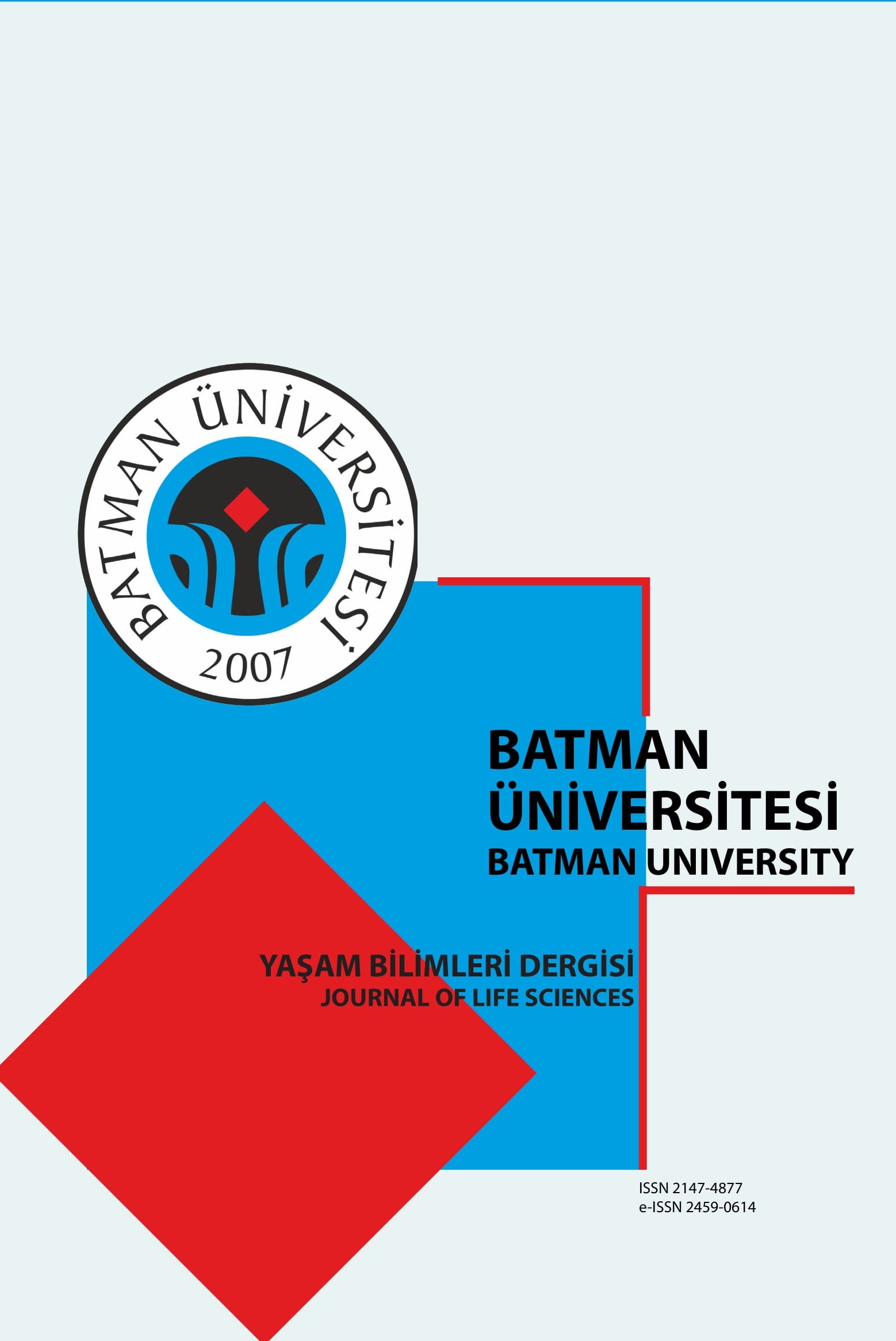İNSANIN ANLAM ARAYIŞINDA DİN VE MİT’LERİN ROLÜ
İnsanoğlu, yeryüzüne düşüşünden itibaren içinde daima Yüce varlık inancı hayali taşımıştır. Bu Yüce varlık tasavvuru bulundukları şartlara, çağlara ve kültürlere ve kendi dünyalarına göre sembolik bir form içinde değişe gelmiştir. Bu anlam arayışının kutsal tarih olguları ve kahramanları, her devir ve zaman kesitinde etkilerini sürdürerek her çağın insanı ile çağdaş olabilmişlerdir. Dini inanışların yaygın olduğu toplumlarda, Yüce varlık inanışının zayıflamaya başladığı dönemlerde Yüce varlık yerini yüce insan tiplemelerine bırakmıştır. Modern dönemlerde ise bu durum modern insanın ihtiyaçlarına göre şekillenerek kendini göstermiştir. Zaman içerisinde ortaya çıkan ve benimsenen mitsel formlar, toplumsal değişim ve davranış tiplemelerini konu aldığından her zaman bir değer olarak varlığını ve önemini korumuştur. İlkel olarak adlandırılan toplumlardaki fenomenlerin, modern toplumlarda da örtülü olarak devam etmesi ve beşeri muhakeme süreçlerinin işlemesi bakımından, özde insanın var oluş nedenlerinin aynı olmasından kaynaklanır. İlkel toplumlarda mit’ler, bir eğitim aracı olarak görev üstlenirken, modern toplumlarda bu görevin milli kahramanlar, filozoflar ve kanaat önderleri tarafından yerine getirildiği görülür. Mit’lerde var olan davranış ve tutumların bir mukayeseye tabi tutulduğunda, modern dünyanın rasyonel yapıları içinde de varlığını sürdüren birçok davranışın, arkaik davranış tiplerinin bir uzantısı olduğu görülür. İnsanlığın başlangıcından günümüzün rasyonel modern dünyasına kadar uzanan bu süreçte insanın ruhundan fışkıran ihtiyaçlar hiçbir zaman değişmemiştir. Bu çalışmamızda temel amaç, ilkel ve arkaik toplumlara yakıştırılan mitolojik anlatımların içerdiği inanışların günümüz modern dünyanın gündelik hayatında aynı şekilde içkin olduğunu ve geniş bir yer tuttuğunu Dinler Tarihi disiplini içinde göstermeye çalışacağız.
The Roles of Religions and Myths in Human Being’s Perception Seeking
Human beings have been been imagining the the belief of Supreme Being since they have been stepped on the Earth. This vision of Supreme Being has been changed in a symbolic form based on their own world according to the conditions, ages and the cultures. The historical phenomen and heroes of this perception seeking have been carried out their existence in every age and have become the contemporary of the human beings of the every age. The Supreme Human Being took the place of Supreme Being in the societies in which the religious beliefs were common during the ages when the Supreme Being belief was decreasing. In modern times, this process has been emerged according to the requirements of the modern man. The mythical forms emerged and approved in due course have always been maintained their importance as a value in every age as they have been covering the social chaange and behaviour types. The phenomenon of the societies that have been regarded as primitive and their progression in the modern societies implicitly originated from the fact that human existence is based on the same source. The myths in the primitive societies took part as an education tool and in modern societies their roles have been carried out by the national heroes, philopsophers and the opinion leaders. It has been observed that the behaviours and the attitudes in the myths are the extension of the archaic behaviour types that have been also continuing their existence in the rational structure of the modern world if we compare. This process from the beginning of the humanity to the today’s rational world, the requirements of the human beings never change. The main aim of our study indicates that the myths and their beliefs that have been associated with the primitive and the archaic societies also have been continuing their existence in the daily life of the modern world and cover a large place and we try to analyze this process in the history of the religions.
